The science and art of enhancing the interior space of a building or house intended to provide aesthetically appealing and a healthy living environment can be considered as the essence of interior design. An interior designer is a person who plans, coordinates and executes such projects in collaboration with a home architect. This is a multi-faceted profession that necessitates conceptual development, site inspections, research, programming space planning, communicating with the house owner etc.
Interior designer
Interior designer should be concerned about the totality of the house, which is a series of liked space consisting of halls, stairway, rooms etc. It is important that a common thread has to be followed throughout while determining the extent and tenor of interior design. It is not that in all rooms the same interior design elements should be used. It only means that the interior designing elements provided in each room must be complementary to one another. One of the ways to achieve this concept is the selection of a color theme for the entire building or house. As an example one can consider the case of selecting three or four colors as the primary colors and applying them in various rooms in a pre determined manner.
Symmetrical balance
Traditional interiors are symmetrically well balanced. Symmetrical balance can be considered as the repeated positioning of similar things on the same position on each side of an axis. For example in olden homes you might have noticed that each room on each side of a passage is exact mirror image of the other in home improvement magazines. Human mind and physique have much to do with symmetry and so when we see symmetry in interior design we get automatically balanced and comfortable in such settings.
Radial symmetry
When objects in a room are arranged around a central point such symmetry is known as radial symmetry. An example for this type of symmetry is a spiral staircase. It always produces and interesting counter point when used carefully.
Asymmetrical balance
Asymmetrical balance is gathering momentum these days. In this method, balance is obtained by placing dissimilar objects in positions that can give equal visual weight or gets equal eye attraction. This type of balance has a casual look and less contrived feeling, but it is rather difficult to achieve. Movement is promoted by asymmetry and it makes interiors livelier.
Focal point
The biggest enemy of interior design is boredom. Rooms with good interior design will have one or more focal points in it depending on the size of the room. A focal point should draw attention and should be interesting enough to take a closer look at it. A focal point must leave lasting impression in the mind of the onlooker, yet it should be an integral part of the decoration consisting of style, color, theme or scale. If your architect dc does not have natural focal points like fireplace you can create one highlighting a piece of furniture or artwork or by painting contrasting colors.

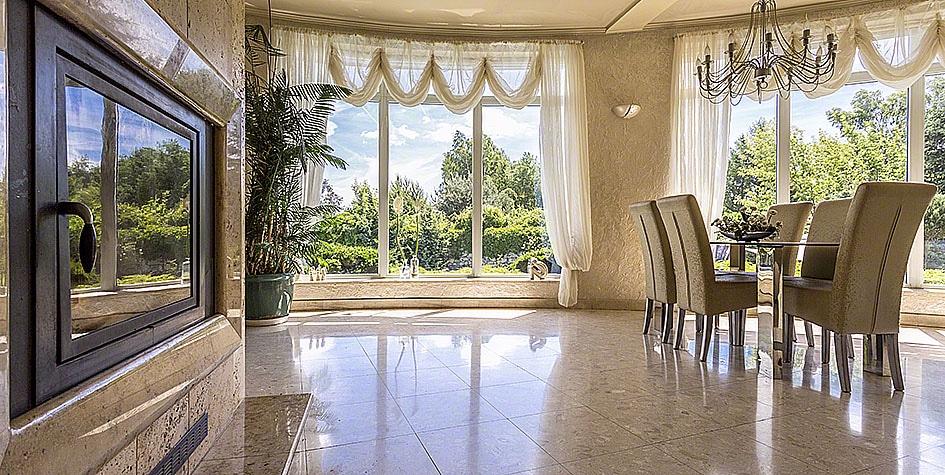
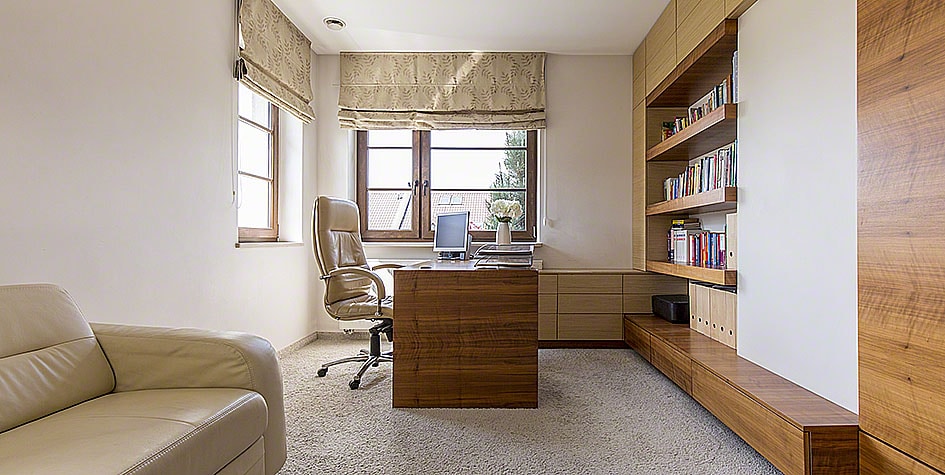

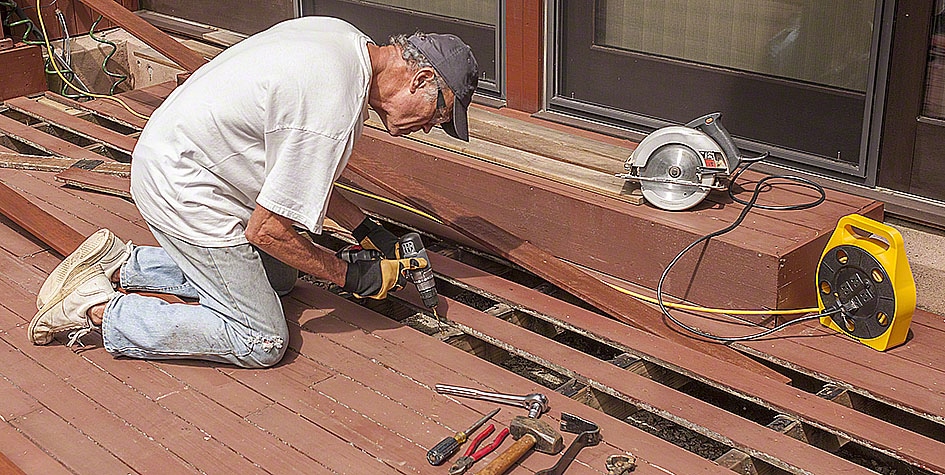
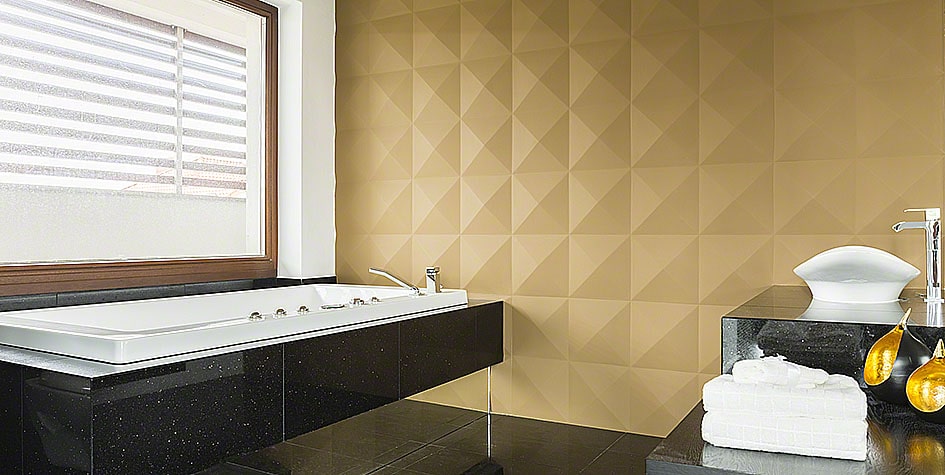


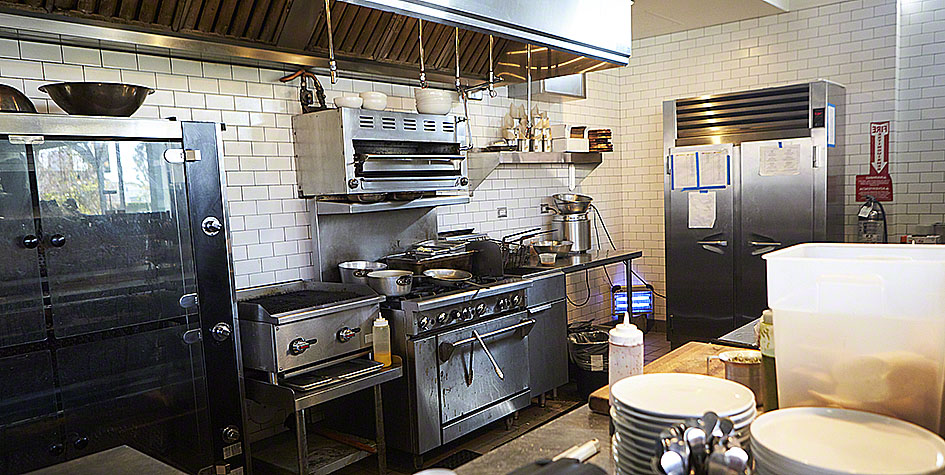

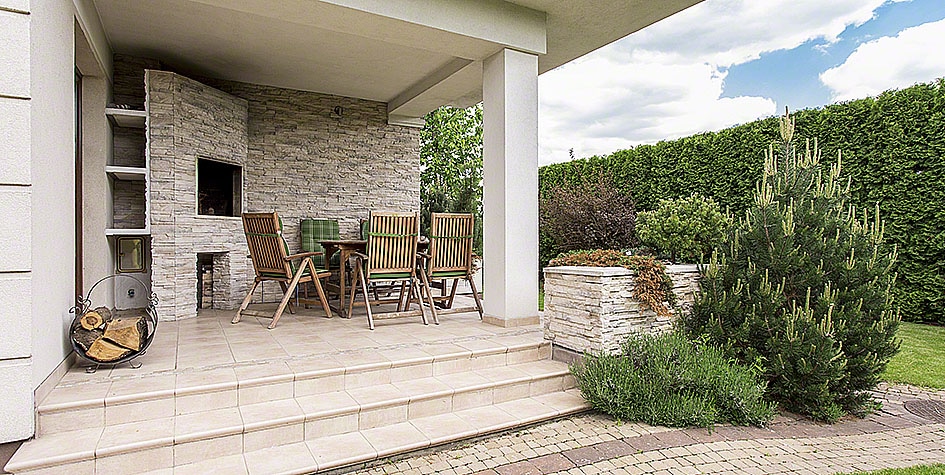




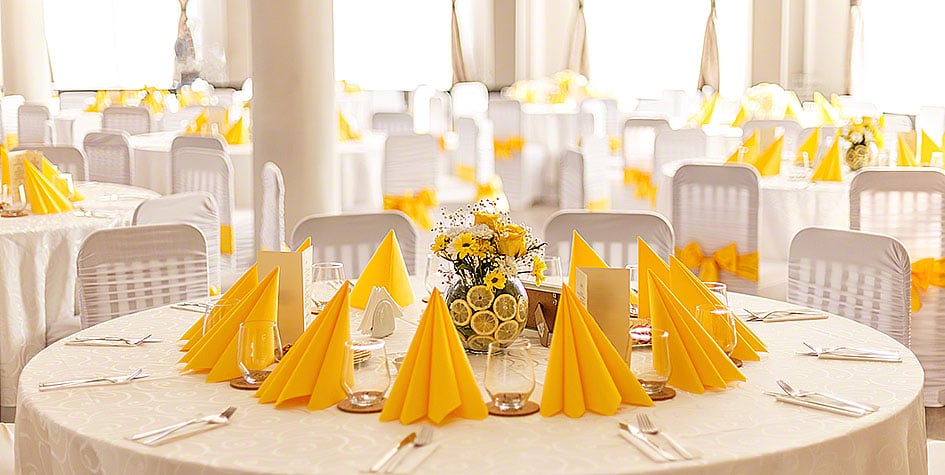
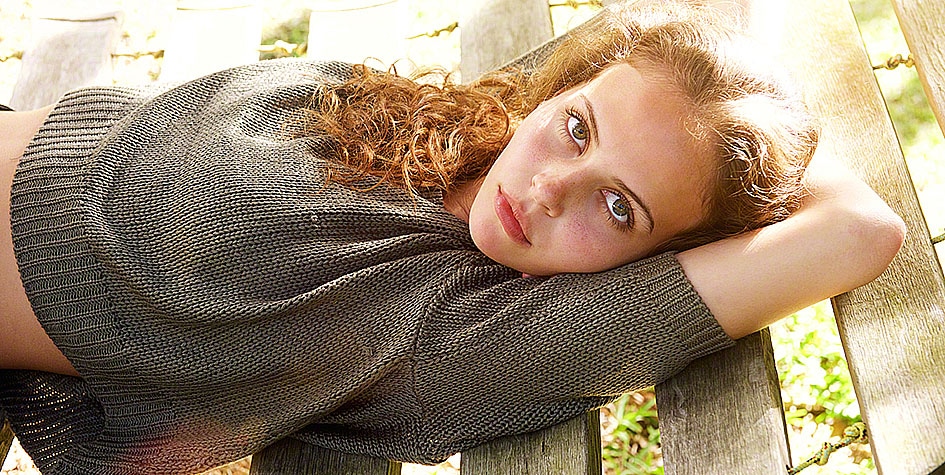
Comments